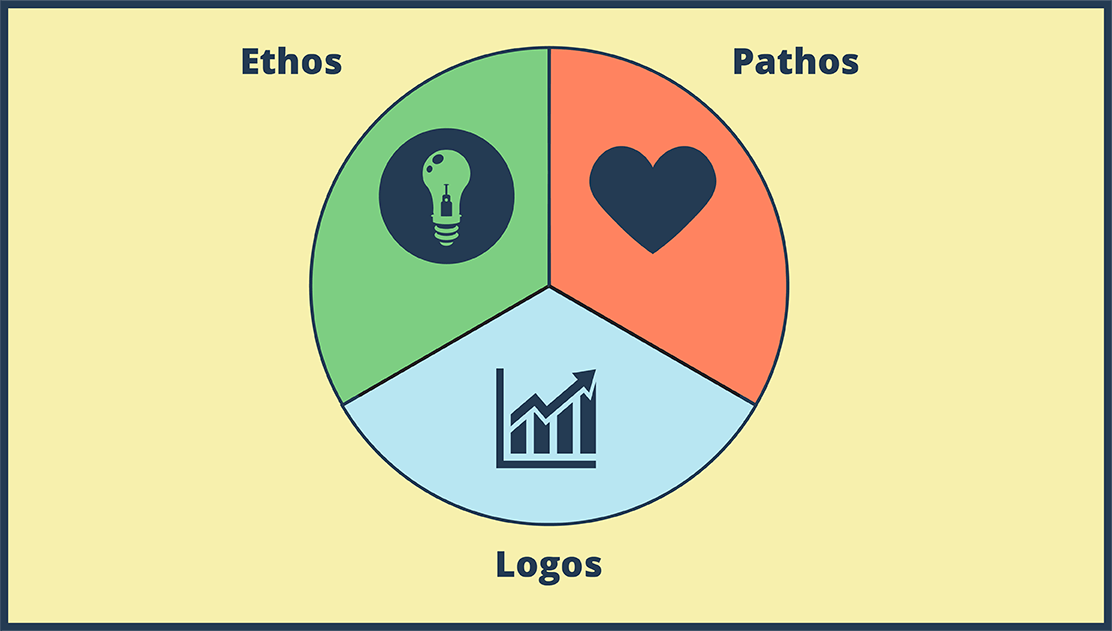Types of Foreshadowing - Worksheet/Template 2

You can find this storyboard in the following articles and resources:

Types of Foreshadowing
Lesson Plans by Rebecca Ray
Foreshadowing can be a difficult element to grasp, and can provide readers with hints and a sense of events to come, or be used as a red herring, leading the reader in the wrong direction. Find out more about foreshadowing with Storyboard That!
'
Check out some of our other educational articles!
Storyboard Description
Teachers may copy this storyboard and use as a template in their classroom. Add or delete columns and ask students to find x number of examples from the play or novel they are currently reading.
Storyboard Text
- Slide: 1
- Commonly referred to as "Chekov's Gun", this is when the author explicitly states something that they want you to be aware of for the future. In the eponymous example, if an author mentions a rifle hanging on the wall in an early chapter, it will be used later.
- Slide: 4
- Also known as "Prophecies", this type of foreshadowing is linked to a fortune or prophecy that a character will receive, which explicitly tells the reader what will happen in the future. Although sometimes this fortune or omen can seem unclear, they end up coming true in the end.
- Slide: 7
- "Flashback/Flash-forward": When an author needs the reader to know something that doesn't fit with the current story line, they will usually use a flashback or flash-forward to give the reader the information. Most of the time, the information obtained in the flash will have clues or hints to something the author wants you to remember or pick up on later, which makes this a great form of foreshadowing.
- Slide: 10
- Also referred to as "Symbolic" Foreshadowing: This particular type of foreshadowing is much harder to pick up. It is abstract and requires thinking outside the box. It is an even more oblique hint than other types of foreshadowing. In a novel, for instance, the author could describe a sudden change of weather. This change often foreshadows a change in a character's luck, mood, or behavior.
- Slide: 13
- Commonly called "The Red Herring": This is the most fun of all the types of foreshadowing. A red herring can is a wild goose chase or smoke screen that diverts readers' attention. Its only purpose is to throw the reader off, causing more suspicion, intrigue, and surprise. It is commonly found in works of detective fiction, but can lend itself anywhere the author needs to avert suspicion.
- Slide: 0
- EXAMPLES FROM THE READING
Over 30 Million Storyboards Created
No Downloads, No Credit Card, and No Login Needed to Try!



